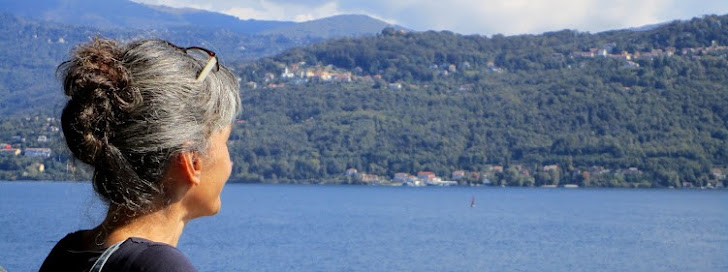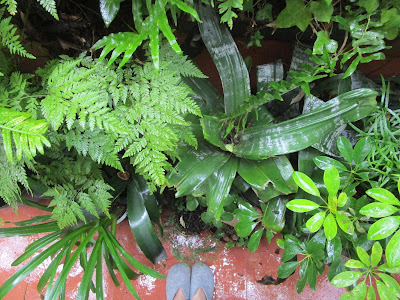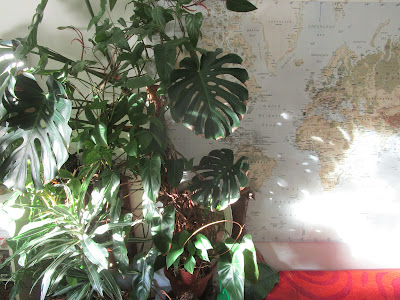
"More than conversation at the interface, it is creative assemblages like these that explore and elaborate the particular dynamic capacities that digital media afford and the ways that through them humans and machines can perform interesting new effects (...) in uniquely particular ways." Lucy Suchman (2009). Human-machine reconfigurations: plans and situated actions.
Mar 30, 2024
sugar and oxygen
Jun 8, 2023
June
May 24, 2023
May
Sep 13, 2021
strings
It all started with a string (a) and pieces of wasted biomass (b). Then creating little tensions (c), expanding one bit (d) at a time (e), and allowing infrastructure to grow (f) to shape natural (g), negative carbon shading for my home (h). Unlike artificial shading infrastructures (i), nature-based solutions become better with time (j) and go on sequestering carbon dioxide, cooling (k) the environment (l), and greening our cities (m). If they cease to live, they are still precious as colour pallets (n), compost or biomass for energy (o). Thinking (p) how can I expand the platform to this city balcony small forest... Image by Monica Pinheiro, license CC BY-NC-SA (CC).
Jun 18, 2021
June
"Any human activity that does not require a large flow of irreplaceable resources or produce severe environmental degradation might continue to grow indefinitely." (Donella H. Meadows, Dennis L. Meadows, Jorgen Randers & William W. Behrens III (1972). The Limits to Growth). Some activities are CO2 negative, like gardening, so they can and should be indefinitely increased. Image by Monica Pinheiro, license CC BY-NC-SA ( CC )
Mar 18, 2021
March
"Halting land transformation and degradation could contribute 6.6 (range 2–11) GtCO2e per year to greenhouse gas emission reductions between 2020 and 2050, and land restoration-related activities could contribute a further 18.6 (range 1.8–35.5) GtCO2e per year over the same period, while simultaneously restoring ecological function and ecosystem services, and in some cases, biodiversity" p.73, United Nations Environment Programme (2021). Making Peace with Nature: A scientific blueprint to tackle the climate, biodiversity and pollution emergencies. Image by Monica Pinheiro, license CC BY-NC-SA (CC).
Nov 6, 2019
November
Image by Monica Pinheiro, license CC BY-NC-SA (CC).

.JPG)




